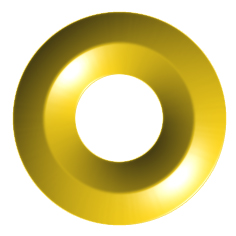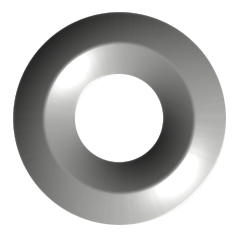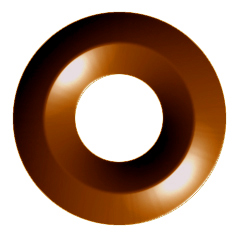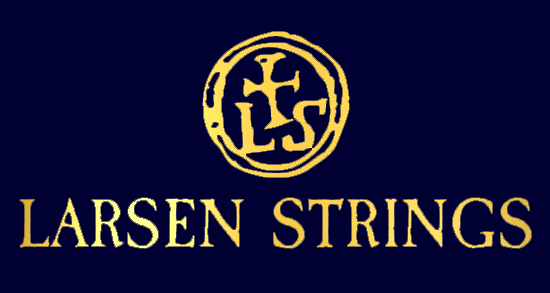How to tell the difference between Larsen strings once they are out of their bags?
Silk colour
Since the very first Larsen Cello A string came on the market, the yellow silk with blue thread symbolizes Larsen Strings.
However, to differentiate between the different string models and tension levels, Larsen Strings uses different silk colours, especially at the peg-end so it is possible to see whether a violinist plays a Tzigane medium or a Virtuoso® strong. To identify a Larsen string, please go to: https://larsenstrings.com/larsen-silks-and-tensions/
Ball colours
Larsen Strings has a special way of differentiating between the first, second, third and fourth string. Where most producers use silk colours, Larsen Strings uses balls of different materials.
Larsen Strings I (Violin E, Viola A and Cello A) is made of brass. It has a rich golden colour.

Larsen Strings II (Violin A, Viola D, and Cello D) is made of chrome. It has a bright silver colour.

Larsen Strings III (Violin D, Viola G and Cello G) is made of copper. It has a reddish golden colour.

Larsen Strings IV (Violin G, Viola C and Cello C) is black.

Crown cello strings by Larsen
If you play the Crown strings, you will find out that all balls are made of brass. Crown, a brand acquired by Larsen Strings, has retained its original colour codes. To identify Crown, please consult Larsen Strings A/S Silk Colours.
Ball colours and Silk colours
Some people like the way we use balls to differentiate the strings, others find it difficult. We tend to believe that long-term it is easier to remember the ball colours than having a long list of colour codes when differentiating between the first, second, third and fourth string.
Please share your thoughts about balls and silk colours with us…
Because we couldn’t do it without you.

